博文
图文目录|GEE Volume 6, Issue 2
|

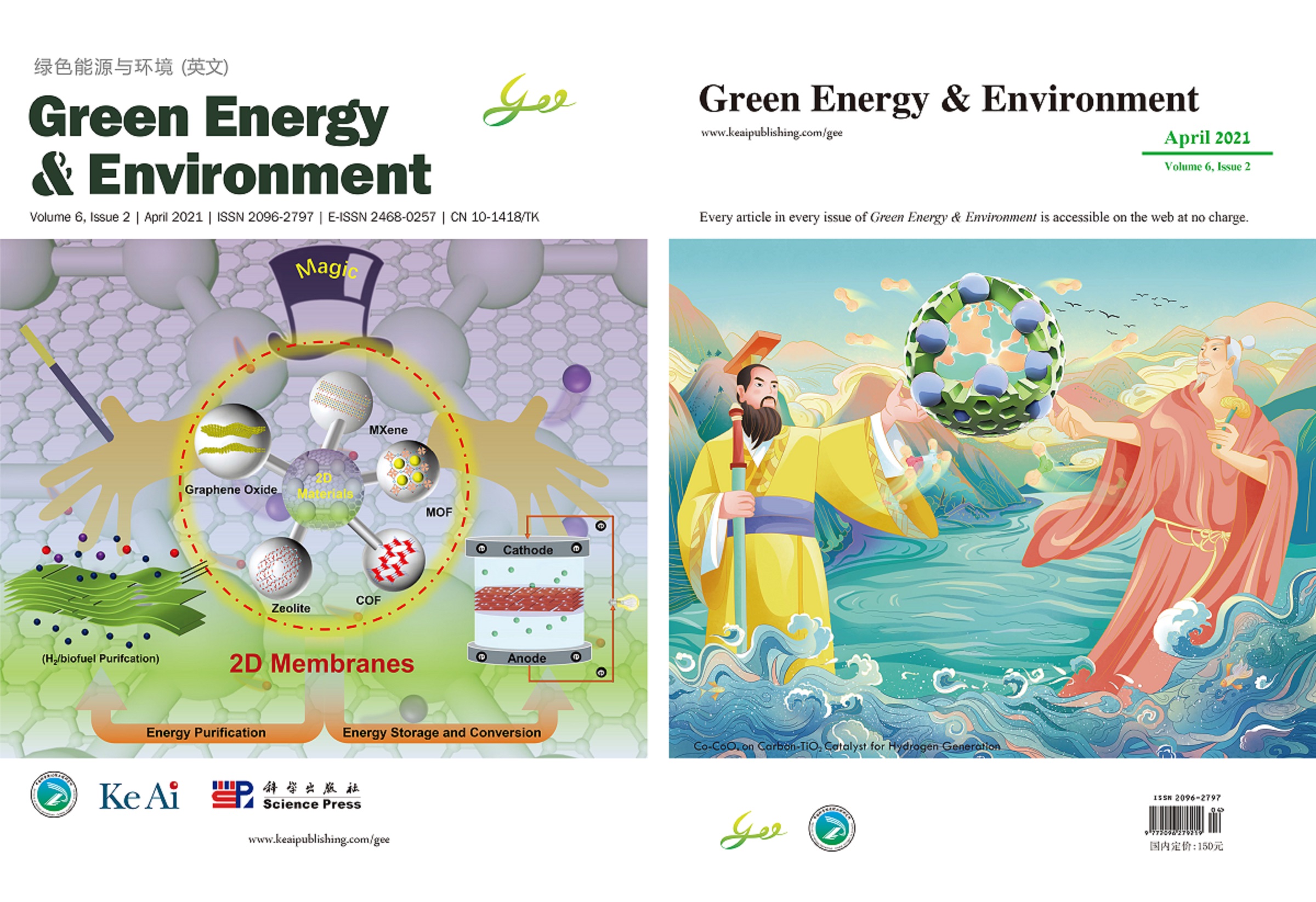
Green Energy & Environment 第六卷第二期已正式出版。
图文目录
Viewpoint
Heterogeneous catalysis under flow for the 21st century fine chemical industry
Rosaria Ciriminna, Mario Pagliaro*, Rafael Luque*

扫码获取全文
https://doi.org/10.1016/j.gee.2020.09.013
Detecting confined fluid behavior by SFA: Past, present, and future
Yihui Dong, Feng Huo*(霍锋), Aatto Laaksonen

https://doi.org/10.1016/j.gee.2020.08.002
Scalable and facile synthesis of V2O5 nanoparticles via ball milling for improved aerobic oxidative desulfurization
Yiru Zou, Chao Wang, Hanxiang Chen, Haiyan Ji, Qian Zhu, Wenshu Yang, Linlin Chen, Zhigang Chen, Wenshuai Zhu*(朱文帅)

Deep desulfurization of oils could be achieved with using V2O5 nanoparticles with oxygen vacancies, which were synthesized via facile ball milling method with adding oxalic acid as a reducing agent.
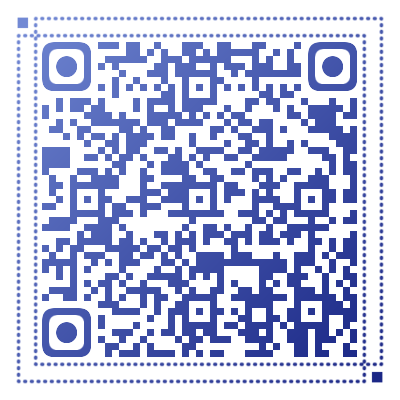
https://doi.org/10.1016/j.gee.2020.10.005
Natural gas purification by asymmetric membranes: An overview
Xi Chen, Gongping Liu*(刘公平), Wanqin Jin

This paper reviews recent progresses in asymmetric membranes for natural gas purification (i.e., removing impurities such as CO2, H2S and N2 from CH4), including polymeric membranes, inorganic membranes, mixed matrix membranes and carbon molecular sieve membranes.
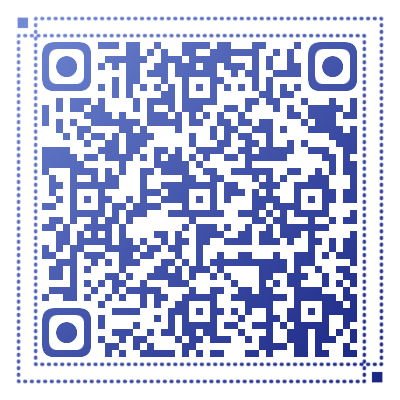
https://doi.org/10.1016/j.gee.2020.08.010
Two-dimensional material separation membranes for renewable energy purification, storage, and conversion
Liheng Dai1, Kang Huang1, Yongsheng Xia, Zhi Xu*(徐至)

This review presents the recent progress of 2D membranes in the fields of renewable energy purification, storage and conversion, mainly including membrane separation (H2 collection and biofuel purification) and battery separators (vanadium flow battery, Li–S battery, and fuel cell). The challenges and outlooks of applying 2D membranes in energy fields are also discussed at the end of the document.

https://doi.org/10.1016/j.gee.2020.09.015
Engineering optimization approach of nonaqueous electrolyte for sodium ion battery with long cycle life and safety
Haiying Che, Xinrong Yang, Yan Yu, Chaoliang Pan, Hong Wang, Yonghong Deng, Linsen Li, Zi-Feng Ma*(马紫峰)

We optimized the non-aqueous electrolyte system, which enables the reversible cycling of a NaNi1/3Fe1/3Mn1/3O2/hard carbon pouch cell over 2500 cycles with a high capacity retention of > 80% and excellent thermal safety.

https://doi.org/10.1016/j.gee.2020.04.007
Nitrogen-doped lignin based carbon microspheres as anode material for high performance sodium ion batteries
Linlin Fan, Zhiqiang Shi*(时志强), Qingjuan Ren, Lei Yan, Fuming Zhang, Liping Fan*(樊丽萍)
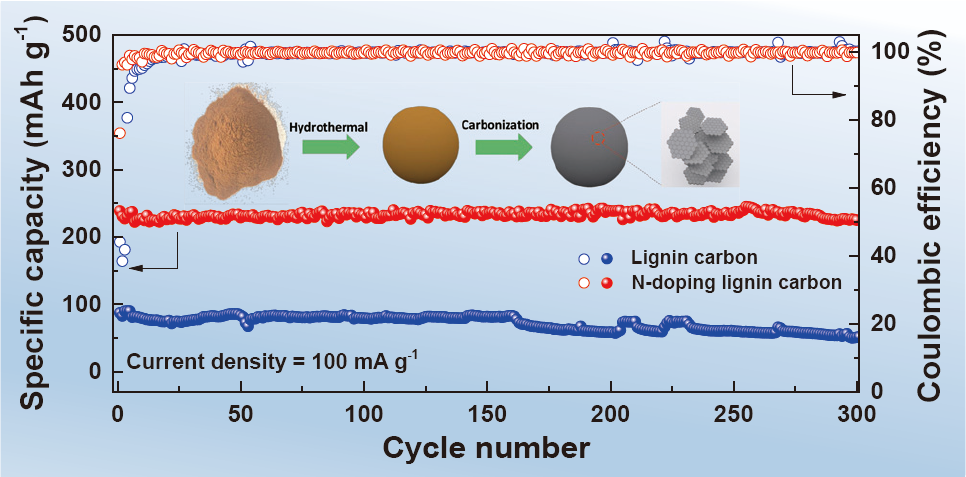
Nitrogen-doped lignin-based carbon microspheres (NLC) are synthesized using 3-aminophenol as nitrogen source and renewable lignin as carbon source by hydrothermal method, and exhibit excellent sodium storage performance, which is a potential material for SIBs anode.

https://doi.org/10.1016/j.gee.2020.06.005
Ionic liquid-derived core–shell gold@palladium nanoparticles with tiny sizes for highly efficient electrooxidation of ethanol
Hong Zhang, Ying Luo*(罗莹), Dong Chen, Hui Liu, Penglei Cui*(崔朋蕾), Jun Yang*(杨军)
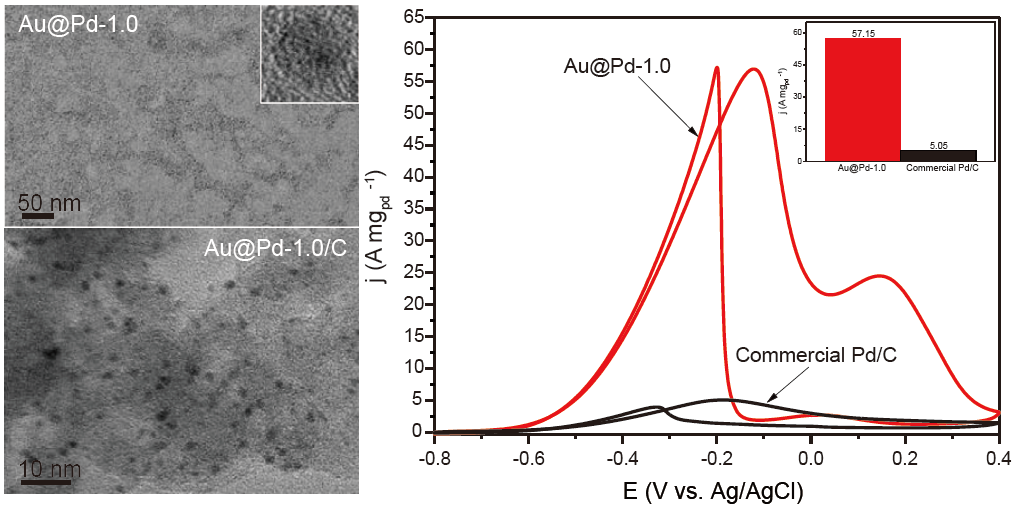
A synthetic strategy combining the advantages of ionic liquids and core–shell nanostructures was developed to produce core–shell Au@Pd nanoparticles, which exhibit enhanced activity for ethanol electrooxidation due to their finer sizes and strong electronic coupling between Au core and Pd shell regions.

https://doi.org/10.1016/j.gee.2020.03.007
Co-CoOx supported onto TiO2 coated with carbon as a catalyst for efficient and stable hydrogen generation from ammonia borane
Guang Yang, Shuyan Guan, Sehrish Mehdi, Yanping Fan, Baozhong Liu*(刘宝忠), Baojun Li*(李保军)

Co-CoOx/TiO2@N-C generated by a controllable oxidation effectively promotes the hydrolysis of ammonia borane. The method provides more convenience for the development of non-precious metals in the field of catalysis and clean energy.
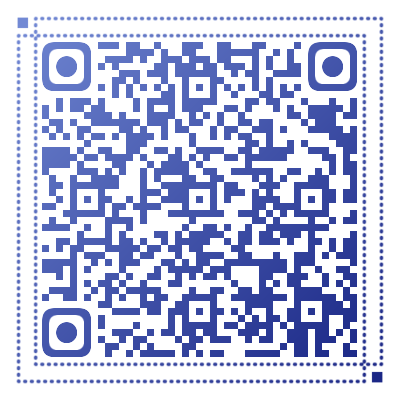
https://doi.org/10.1016/j.gee.2020.03.012
One-step synthesis of defected Bi2Al4O9/β-Bi2O3 heterojunctions for photocatalytic reduction of CO2 to CO
Ying Liu, Jian-guo Guo, Yue Wang Ying-juan Hao, Rui-hong Liu, Fa-tang Li*(李发堂)

The Bi2Al4O9/β-Bi2O3 heterojunction with oxygen vacancies was synthesized by one-step in situ self-combustion method. The Bi2Al4O9/β-Bi2O3 heterojunction enhances the performance of photocatalytic reduction of CO2, which is attributed to the synergistic effects of heterojunction for electron separation and oxygen vacancies for CO2 activation.
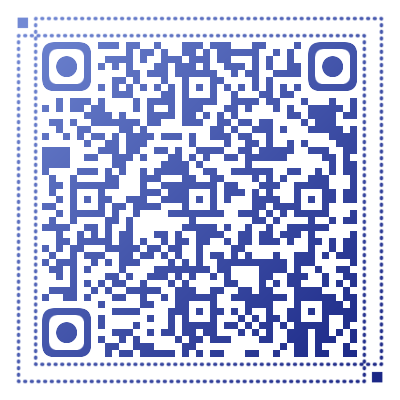
https://doi.org/10.1016/j.gee.2020.04.014
High CO2 absorption capacity of metal-based ionic liquids: A molecular dynamics study
Biwen Li, Chenlu Wang, Yaqin Zhang, Yanlei Wang*(王艳磊)

From the massive molecular dynamics simulations, the high CO2 absorption capacity and diffusive ability of metal-based ILs were identified compared with the conventional ILs, which may promote the rational design of new ILs-based gas capture solvents.

https://doi.org/10.1016/j.gee.2020.04.009
Ternary deep eutectic solvents catalyzed d-glucosamine self-condensation to deoxyfructosazine: NMR study
Pengfei Liu, Christian Marcus Pedersen, Jiaojiao Zhang, Rui Liu, Zhenzhou Zhang, Xianglin Hou*(候相林), Yingxiong Wang*(王英雄)
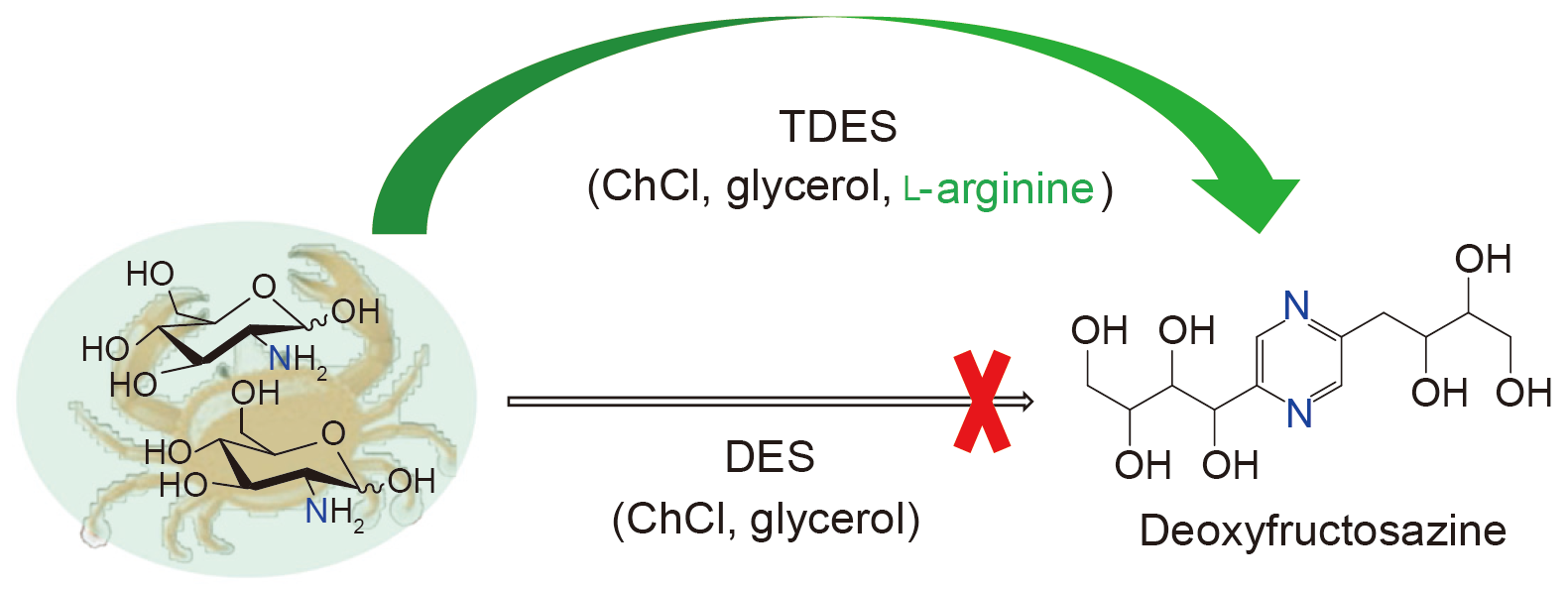
Ternary Deep Eutectic Solvents comprising choline chloride (ChCl), glycerol and i-arginine were used as sustainable and environment-friendly green solvent and catalyst for the preparation of nitrogen-containing fine chemicals, deoxyfructosazine, by self-condensation of d-glucosamine.

https://doi.org/10.1016/j.gee.2020.04.010
Novel multi–SO3H functionalized ionic liquids as highly efficient catalyst for synthesis of biodiesel
Meichen Li, Jie Chen, Ling Li, Changshen Ye, Xiaocheng Lin*(林小城), Ting Qiu*(邱挺)

Multi–SO3H functionalized ILs based on less-substituted amines with sulfonate-based anions were fabricated and then utilized as efficient catalysts for synthesis of biodiesel from the esterification of oleic acid with methanol.

https://doi.org/10.1016/j.gee.2020.05.004
Regulating catalyst morphology to boost the stability of Ni–Mo/Al2O3 catalyst for ebullated-bed residue hydrotreating
Huihong Zhu, Zhiwei Mao, Bin Liu, Tao Yang, Xiang Feng*(冯翔), Hao Jin, Chong Peng*(彭冲), Chaohe Yang, Jifeng Wang, Xiangchen Fang*(方向晨)

Morphology effect of Ni–Mo/Al2O3 catalysts (i.e., spherical and cylindrical) on hydrotreating stability was elucidated. The superior spherical catalyst has less graphite coke and uniform metal distribution. The intrinsic reason for difference was due to better mass transfer ability.
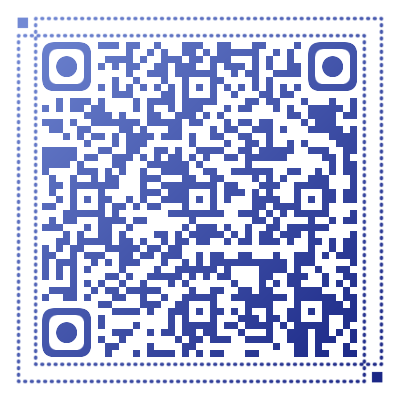
https://doi.org/10.1016/j.gee.2020.05.001
Efficient fixation of CO2 into propylene carbonate with [BMIM]Br in a continuous-flow microreaction system
Yuxin Wu, Yuncheng Ding, Jianhong Xu*(徐建鸿), Yundong Wang*(王运东), Kathryn Mumford, Geoffrey W. Stevens, Weiyang Fei

Cycloaddition of CO2 into propylene carbonate (PC) was achieved with excellent overall performances via a continuous-flow microreaction system, which displayed short residence time, high PC yield and good catalyst recycle performances.
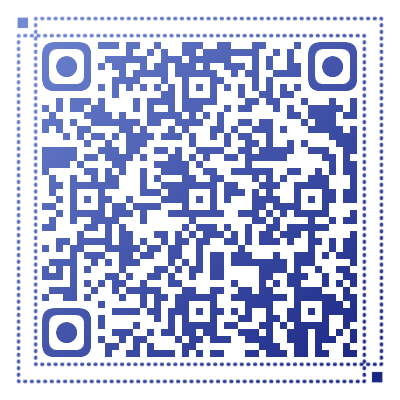
https://doi.org/10.1016/j.gee.2020.04.016
Highly efficient energy harvest via external rotating magnetic field for oil based nanofluid direct absorption solar collector
Debing Wang1, Wenwen Liang1, Zhiheng Zheng*(郑志恒), Peiyu Jia, Yunrui Yan, Huaqing Xie, Lingling Wang, Wei Yu*(于伟)

A new method of using magnetic nanofluids as the working fluids of DASCs is proposed. By this method, not only high-quality energy is got as well as the problems of blockage and corrosion in heat exchanger are well avoided.

https://doi.org/10.1016/j.gee.2020.03.014
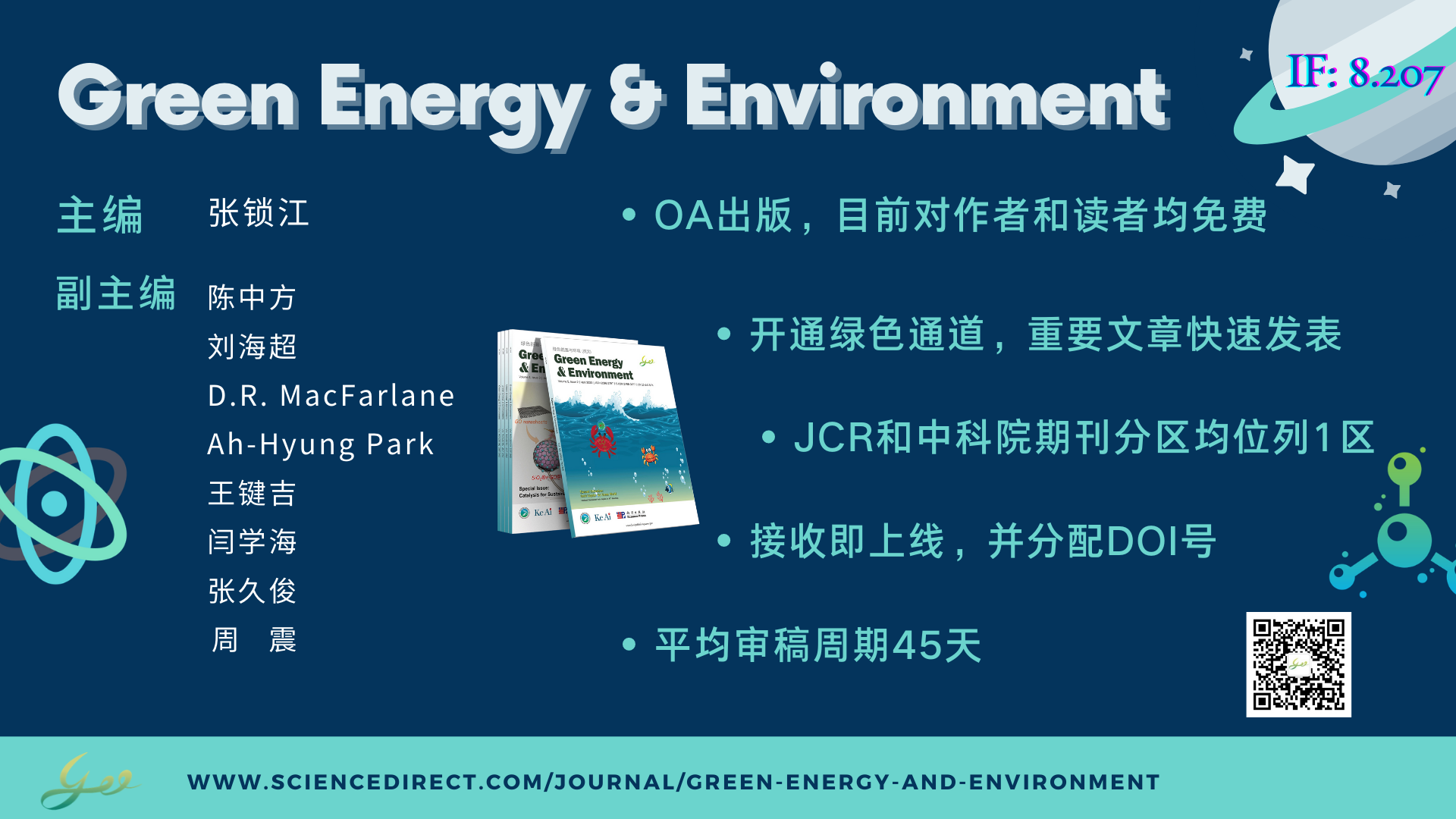
https://blog.sciencenet.cn/blog-3393673-1299225.html
上一篇:图文目录| GEE Volume 6, Issue 1
下一篇:图文目录|GEE Volume 6, Issue 3